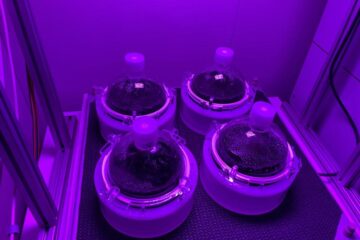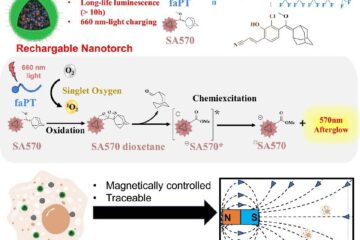Low Power Imaging – LPI NMR – Nuclear Magnetic Resonance Method for sensitive and mobile applications

Miniaturised NMR is of growing importance in bio-,
chemical, and material sciences. Only excitation sequences with ideal power distribution in both the time domain and the frequency domain qualify for use in miniaturised NMR. In experiments these sequences show further superiority because of an increased sensitivity in terms of low excitation peak power and high response peak power. Portability issues raise the need for minimised power supplies and amplifiers. Also, when investigating explosives, power limitations apply. Either the response peak power is low (noise excitation) or the technology is outdated (rapid-scan NMR). The advantage of LPI NMR is that the excitation power can be decreased by several orders of magnitude with pulse modulation that achieves the effect of a frequency sweep. It also fits the need for lower excitation power in MRI application due to a lower radiation dose.
Weitere Informationen: PDF
PROvendis GmbH
Tel.: +49 (0)208/94105 10
Ansprechpartner
Dipl.-Ing. Alfred Schillert
Media Contact
Alle Nachrichten aus der Kategorie: Technologieangebote
Neueste Beiträge

Neues Schweißverfahren für Windräder
… ermöglicht beschleunigte Produktion. Die Bundesanstalt für Materialforschung und -prüfung (BAM) stellt auf der diesjährigen Hannover Messe ein innovatives Schweißverfahren für Windräder vor, mit dem sich die Produktionsgeschwindigkeit von Windgiganten…

Wie Blaualgen Mikroorganismen manipulieren
Forschungsteam an der Universität Freiburg entdeckt ein bisher unbekanntes Gen, das indirekt die Photosynthese fördert. Cyanobakterien werden auch Blaualgen genannt und gelten als „Pflanzen des Ozeans“, weil sie in gigantischen…

Wiederaufladbare Nanotaschenlampe
Nachleucht-Lumineszenz-Bildgebung verfolgt zellbasierte Mikroroboter in Echtzeit. Eine nachleuchtende Nanosonde eröffnet neue Perspektiven für bildgebende Verfahren in lebenden Zellen. Wie ein Forschungsteam in der Zeitschrift Angewandte Chemie berichtet, kann die neue…

















